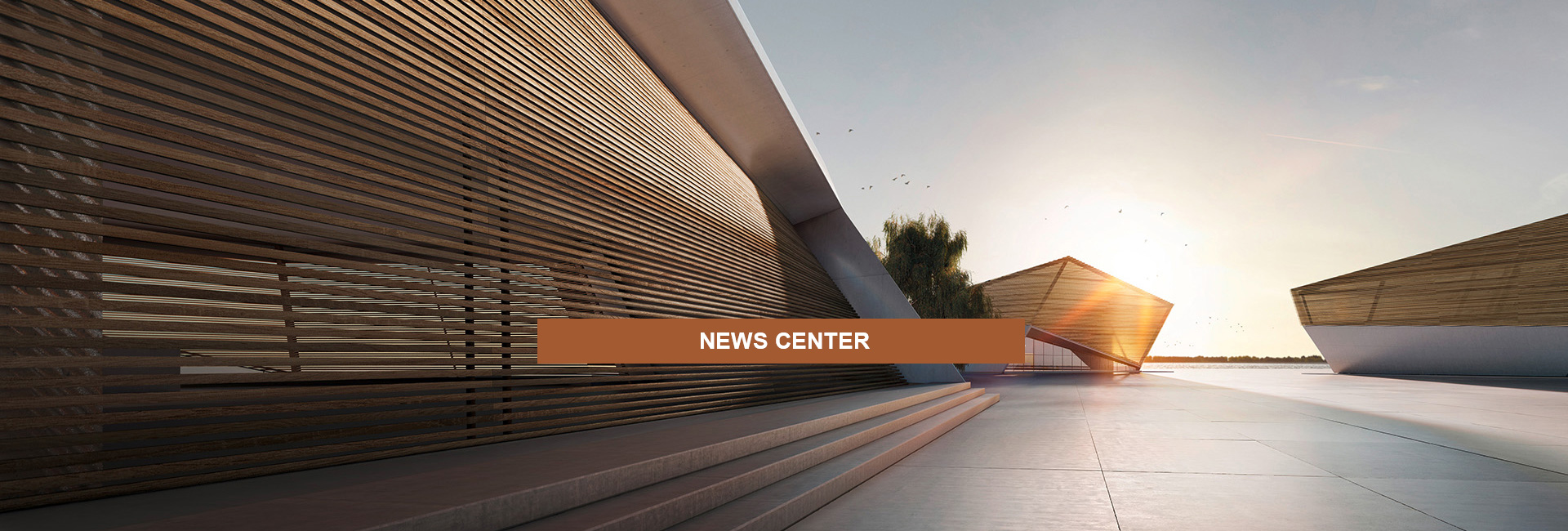


Processing technology
There are four main types of consumption lines for granite processing: standard plate production line, thin plate production line, rough surface decorative plate production line, and special-shaped plate production line.
1. Granite standard slab processing process
Using a crane to load the blocks onto the block car, they are sent from the shuttle car to the working position of the frame-type sand saw to be sawed into rough boards, and then sent to grinding, polishing, cutting and other processes to be processed into light boards, and finally packaged and put into storage after inspection. The detailed process is as follows:
Block hoisting → sawing → washing inspection → rough grinding → fine grinding → fine grinding → polishing → cutting and repairing → inspection and packaging
2. Granite sheet processing process
The granite sheet processing is an automatic processing line, and each process is connected by a raceway, a discharger, and a plate turning machine. The process is as follows:
Hoisting of blocks → sawing into thin plates → cutting head → grinding and polishing → cutting → edge grinding, chamfering, milling groove repair, cleaning, drying → inspection and packaging
3. Processing process of granite rough surface decorative board
The semi-waste granite rough board is sent to the automatic chipping machine through the raceway (the cutter head is selected according to the required pattern thickness), and the cutter head cuts various required rough patterns according to the predetermined trajectory. If singeing board is required, send the singeing board to an automatic singeing machine for processing. The process is as follows:
Semi-waste rough board→Chiseling or singeing→cutting→inspecting packaging
4. Special-shaped plate processing process
According to the user's special request for the shape and specifications of the granite slab, design and produce templates, such as round and oval tabletops, oval-hole bathroom countertops, flower window edges, etc., and then use a copy milling machine according to the template shape (or computer preset Procedure) Process the required shape on the semi-waste plate. The process is as follows:
Semi-waste plate→Edge trimming→Special-shaped milling→Drilling→Edge grinding and chamfering→Packaging inspection
Artificial marble is composed of modified resin and crushed stone, which is neutral or slightly alkaline. Artificial stone has a dense structure, so the pores are small, and the probability of its symptoms is very small. As far as protection is concerned, it is mainly antifouling. The advantage is that the color can be adjusted, which is conducive to surface decoration. The disadvantage is that the hardness is not enough and the brightness is not different. According to the original materials used for consumption and the production process, it can be generally divided into four categories:
Cement-type artificial marble This kind of artificial marble uses various cements as binders, sand as fine aggregates, broken marble, granite, industrial waste residues, etc. as coarse aggregates, which are batched, stirred, formed, and pressurized and steamed. , Polished and polished, commonly known as terrazzo.
Polyester artificial marble This artificial marble is based on unsaturated polyester as a binder, stirred and mixed with quartz sand, marble, calcite powder, etc., and cast into a shape. It will be cured under the action of a curing agent, and then demoulded and dried. , Polishing and other processes. Our country uses this method to consume artificial marble.
Composite artificial marble This artificial marble is composed of inorganic materials and organic polymer materials. After the filler is bonded and molded with inorganic materials, the green body is then immersed in organic monomer to polymerize it under certain conditions. For the board, the bottom layer is made of cheap and stable inorganic materials, and the surface layer is made of polyester and marble powder.
Sintered artificial marble This artificial marble is made by mixing feldspar, quartz, pyroxene, calcite powder, hematite powder and a small amount of kaolin, etc., using a slurry method to prepare blanks, using a semi-dry pressing method, and using 1000 in the kiln It is sintered at a high temperature of about ℃.
Among the above-mentioned four kinds of artificial marble decorative boards, the polyester type is the most commonly used, which has better physical and chemical properties, easy to design patterns, reproducible, and suitable for many uses, but the price is relatively high; the cement type is the cheapest, but The corrosion resistance is poor, and it is prone to micro-cracks, so it is only suitable for sheet metal. The other two consumption processes are complex and have few applications.
Polyester artificial marble (often abbreviated as artificial marble) is processed by simulating the surface texture of marble. It has the mechanism characteristics similar to marble, and the pattern can be controlled and confirmed by the designer. It has good reproducibility; and the artificial marble is light in weight, High strength, thin thickness, good corrosion resistance, anti-pollution, and good workability, can be made into arcs, curved surfaces and other shapes, easy to construct.